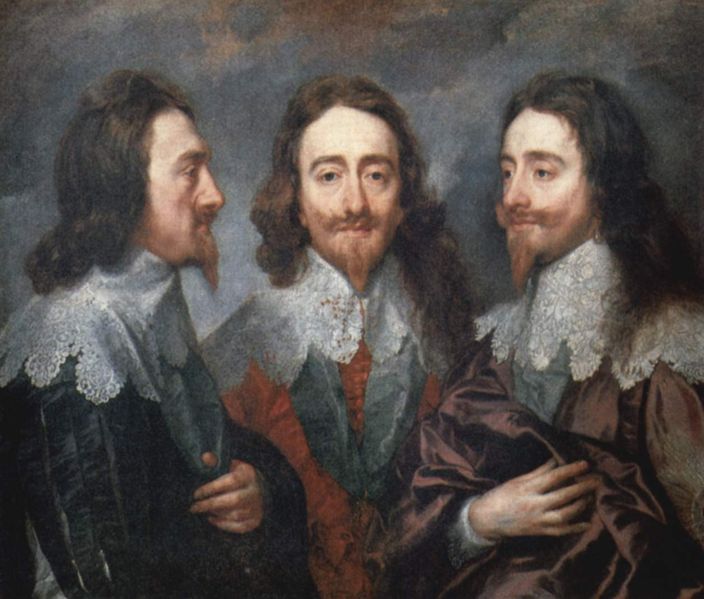The last Sunday of January is traditionally Charles I Commemoration Day. It marks the winter’s day in 1649 when the Stuart monarch was executed outside his own splendid Banqueting House in Whitehall, having been convicted by Oliver Cromwell’s parliamentary commissioners as “a tyrant, traitor, murderer and public enemy of the good people of this land.” The ranks of soldiers surrounding the scaffold were so deep that Charles’s last words did not carry to the crowd, and were heard only by those charged with putting him death.The deposed king defended his actions to the last, insisting, as he had always done, that it was presumptuous folly for the people of England to believe that they had any role to play in the ruling of their country. The idea of “sharing government” between king and parliament was a base and ignoble error, “subject and sovereign being clean different.” Having said his piece, he laid his head upon the block. The executioner raised his axe, which glinted in the sun, then brought it down with all his force. An eyewitness records that, when the fatal blow was struck, “There was such a groan by the thousands then present, as I never heard before and desire I may never hear again.”
This week’s picture, painted by Charles I’s principal court painter, Anthony van Dyck, shows three views of one the most illustrious heads ever to have been cut off. This unusual portrait, showing the king in right profile and left semi-profile as well as in full face, anticipates the modern police mugshot. The purpose of van Dyck’s image was not of course criminological, but he did share one aim with today’s police photographer: that of giving the fullest and most functionally descriptive view of his subject as he could. His painting was commissioned as...

ITP 93: Charles I in Three Positions, by Anthony Van Dyck
27-01-2002

